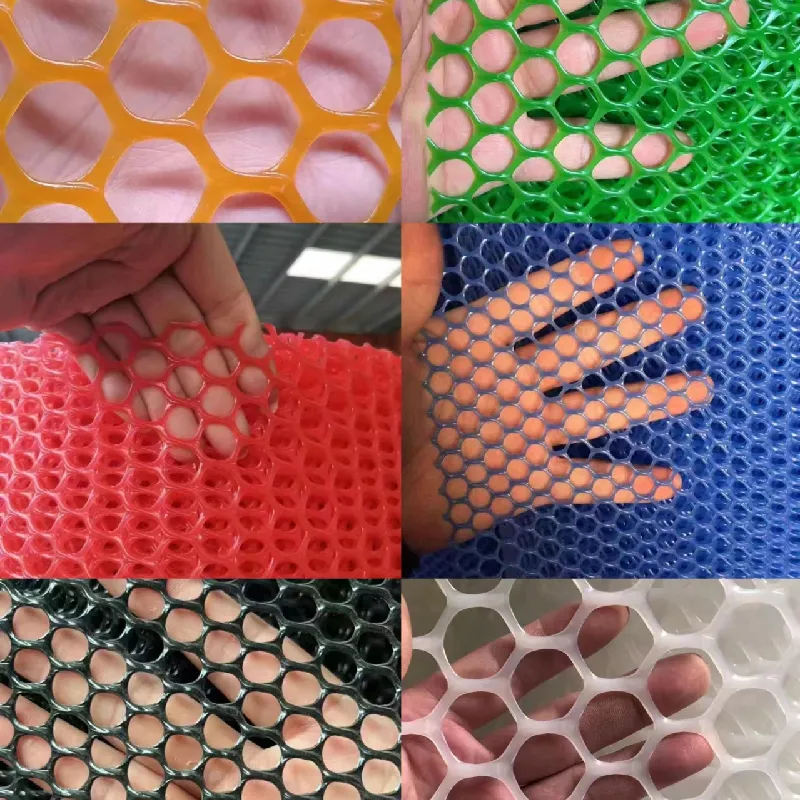-
 Afrikaans
Afrikaans -
 Albanian
Albanian -
 Amharic
Amharic -
 Arabic
Arabic -
 Armenian
Armenian -
 Azerbaijani
Azerbaijani -
 Basque
Basque -
 Belarusian
Belarusian -
 Bengali
Bengali -
 Bosnian
Bosnian -
 Bulgarian
Bulgarian -
 Catalan
Catalan -
 Cebuano
Cebuano -
 China
China -
 Corsican
Corsican -
 Croatian
Croatian -
 Czech
Czech -
 Danish
Danish -
 Dutch
Dutch -
 English
English -
 Esperanto
Esperanto -
 Estonian
Estonian -
 Finnish
Finnish -
 French
French -
 Frisian
Frisian -
 Galician
Galician -
 Georgian
Georgian -
 German
German -
 Greek
Greek -
 Gujarati
Gujarati -
 Haitian Creole
Haitian Creole -
 hausa
hausa -
 hawaiian
hawaiian -
 Hebrew
Hebrew -
 Hindi
Hindi -
 Miao
Miao -
 Hungarian
Hungarian -
 Icelandic
Icelandic -
 igbo
igbo -
 Indonesian
Indonesian -
 irish
irish -
 Italian
Italian -
 Japanese
Japanese -
 Javanese
Javanese -
 Kannada
Kannada -
 kazakh
kazakh -
 Khmer
Khmer -
 Rwandese
Rwandese -
 Korean
Korean -
 Kurdish
Kurdish -
 Kyrgyz
Kyrgyz -
 Lao
Lao -
 Latin
Latin -
 Latvian
Latvian -
 Lithuanian
Lithuanian -
 Luxembourgish
Luxembourgish -
 Macedonian
Macedonian -
 Malgashi
Malgashi -
 Malay
Malay -
 Malayalam
Malayalam -
 Maltese
Maltese -
 Maori
Maori -
 Marathi
Marathi -
 Mongolian
Mongolian -
 Myanmar
Myanmar -
 Nepali
Nepali -
 Norwegian
Norwegian -
 Norwegian
Norwegian -
 Occitan
Occitan -
 Pashto
Pashto -
 Persian
Persian -
 Polish
Polish -
 Portuguese
Portuguese -
 Punjabi
Punjabi -
 Romanian
Romanian -
 Russian
Russian -
 Samoan
Samoan -
 Scottish Gaelic
Scottish Gaelic -
 Serbian
Serbian -
 Sesotho
Sesotho -
 Shona
Shona -
 Sindhi
Sindhi -
 Sinhala
Sinhala -
 Slovak
Slovak -
 Slovenian
Slovenian -
 Somali
Somali -
 Spanish
Spanish -
 Sundanese
Sundanese -
 Swahili
Swahili -
 Swedish
Swedish -
 Tagalog
Tagalog -
 Tajik
Tajik -
 Tamil
Tamil -
 Tatar
Tatar -
 Telugu
Telugu -
 Thai
Thai -
 Turkish
Turkish -
 Turkmen
Turkmen -
 Ukrainian
Ukrainian -
 Urdu
Urdu -
 Uighur
Uighur -
 Uzbek
Uzbek -
 Vietnamese
Vietnamese -
 Welsh
Welsh -
 Bantu
Bantu -
 Yiddish
Yiddish -
 Yoruba
Yoruba -
 Zulu
Zulu
Steel Tread Mesh Applications and Advantages in Construction and Industrial Uses
Understanding Steel Tread Mesh A Versatile Solution for Various Applications
Steel tread mesh, also known as expanded metal mesh or perforated steel mesh, has gained significant popularity across various industries due to its unique properties and versatility. Manufactured by cutting and stretching steel sheets, steel tread mesh provides a robust and durable solution for both structural and decorative applications. This article explores the characteristics, benefits, and common uses of steel tread mesh in modern construction and manufacturing.
One of the most notable features of steel tread mesh is its exceptional strength and durability. The process of expansion creates a unique pattern that not only enhances its aesthetic appeal but also contributes to its overall stability. This mesh is designed to withstand heavy loads and is resistant to corrosion, making it ideal for outdoor applications where exposure to the elements is a concern. Additionally, the material is often treated with coatings to further enhance its resistance to rust and wear.
The slip-resistant surface of steel tread mesh is another key advantage. The raised patterns on the mesh act as a friction surface, providing excellent grip in environments where safety is paramount. This feature makes it a popular choice for walkways, stair treads, and platforms, reducing the risk of slips and trips in industrial and commercial settings. As such, steel tread mesh is widely used in factories, warehouses, and construction sites, ensuring a safer working environment for employees.
steel tread mesh

In terms of versatility, steel tread mesh can be tailored to meet specific requirements. It comes in various thicknesses, sizes, and patterns, allowing architects and designers to select the most appropriate type for their projects. Whether it's for security fencing, architectural screens, or decorative panels, steel tread mesh can be customized to suit different designs and functional needs. This adaptability is further enhanced by its ease of installation, which can save both time and labor costs in construction projects.
Beyond industrial applications, steel tread mesh has also found its way into residential and commercial design. It can be used for aesthetic purposes in furniture, railing systems, and decorative wall panels. Designers appreciate the ability of steel tread mesh to combine functionality with visual appeal, creating unique and modern spaces.
Furthermore, the sustainability of steel tread mesh cannot be overlooked. Steel is a recyclable material, which means that using steel tread mesh contributes to reducing environmental impact. When no longer needed, steel mesh can be repurposed, making it an eco-friendly option for construction and design.
In conclusion, steel tread mesh is a versatile and durable material that offers a range of benefits across various applications. Its strength, safety features, customization options, and sustainability make it a valuable choice for architects, builders, and designers alike. As industries continue to seek innovative solutions for both functional and aesthetic needs, the popularity of steel tread mesh is likely to remain strong, proving its worth in modern construction and design.
-
Shipping Plastic Bags for Every NeedNewsJul.24,2025
-
Safety Netting: Your Shield in ConstructionNewsJul.24,2025
-
Plastic Mesh Netting for Everyday UseNewsJul.24,2025
-
Nylon Netting for Every UseNewsJul.24,2025
-
Mesh Breeder Box for Fish TanksNewsJul.24,2025
-
Expanded Steel Mesh Offers Durable VersatilityNewsJul.24,2025











